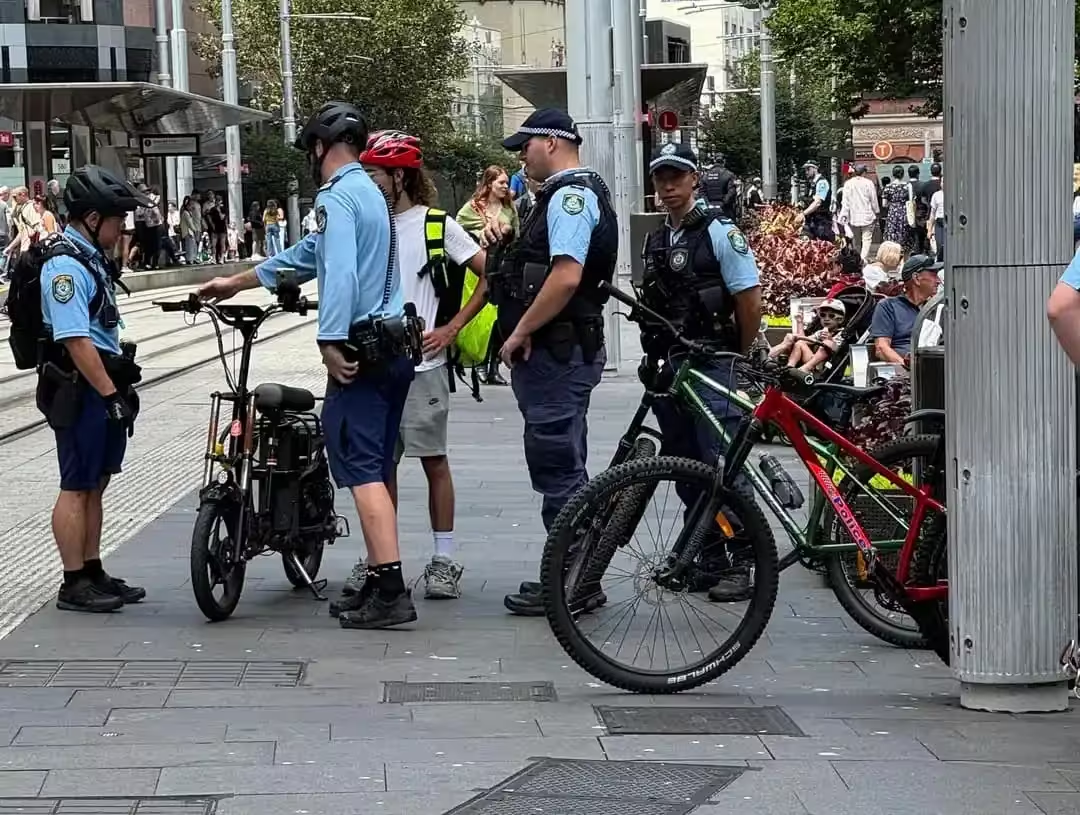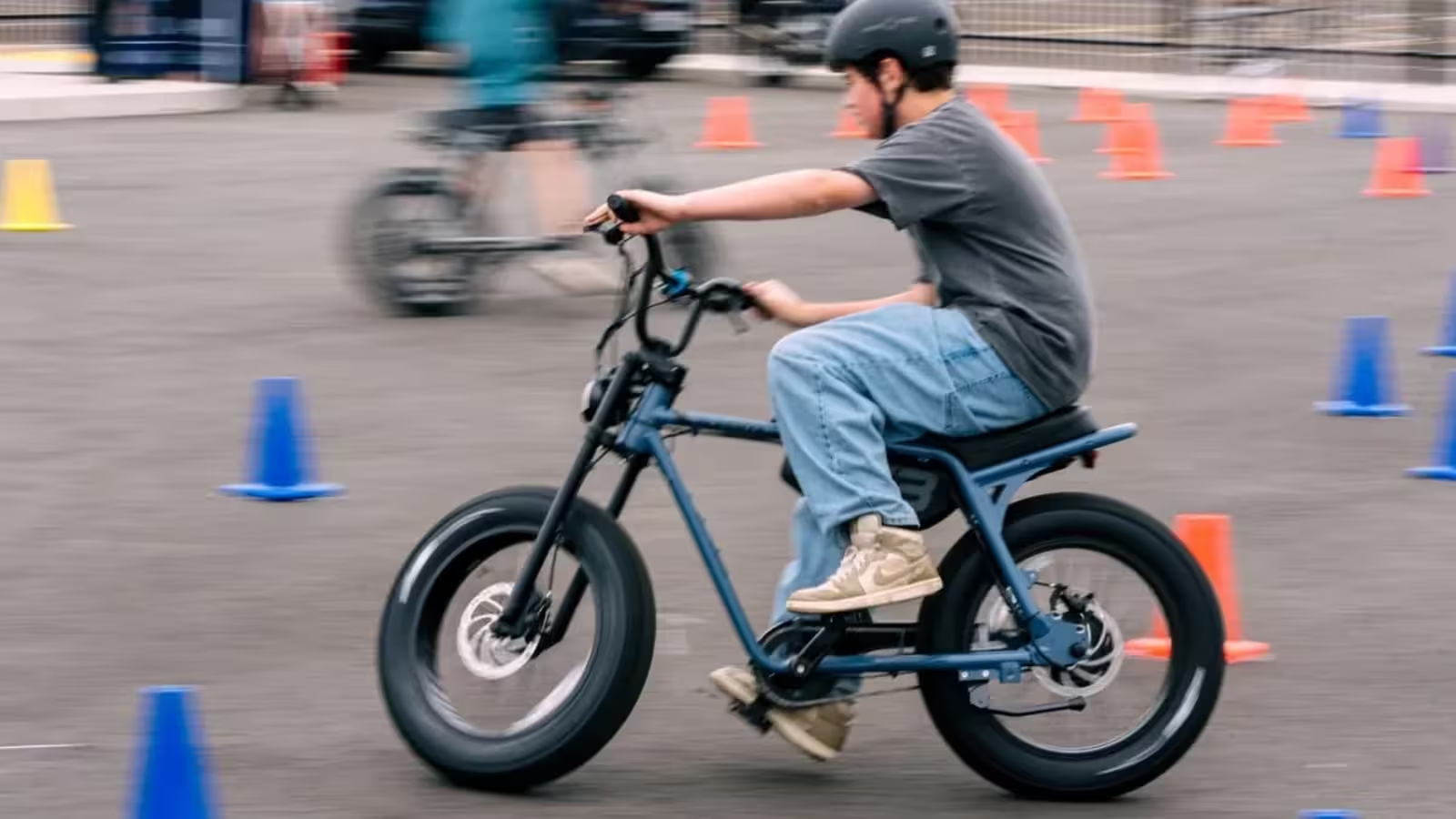5 Minutes
Australia is taking a proactive step toward promoting responsible e-bike riding among young people with the rollout of an innovative Student Bicycle License Scheme (SBLS). Designed to address growing safety concerns and increasing incidents of improper electric bike use, this program places education at the forefront while paving the way for safer streets.
What is the Student Bicycle License Scheme?
The SBLS is a pilot licensing initiative introduced in New South Wales that aims to educate school-aged electric bike and scooter riders on the essentials of safe, legal, and courteous road behavior. Responding to a surge in e-bike popularity among youth—and a corresponding rise in accidents—this scheme is expected to debut in selected schools later this year.
How the Program Works
Under the pilot, students must complete an interactive online training course covering vital road safety topics, including speed regulations, helmet usage, safe riding etiquette on sidewalks, and how to navigate intersections properly. Participants then take a knowledge test; those achieving a passing score receive a digital license, certifying them as 'ride-ready' for e-bikes and e-scooters.
Individual schools—such as those in Sutherland and Newcastle, which have already shown interest—will decide how the license is incorporated: it can be a prerequisite for using secure school bicycle parking or for riding to and from the campus. By centering the trial on education rather than penalization, the program strives to instill strong safety habits without introducing fines or penalties during this initial phase.

Innovative Approach to Road Safety
Australia’s approach contrasts with more restrictive regulatory models seen elsewhere. By making the licensing process digital and accessible, barriers for participation are minimized, reducing costs and administrative complexity. This not only encourages widespread adoption but could also serve as a model for similar schemes worldwide, especially as researchers from the National Transport Research Organisation continue to examine the landscape of electric micromobility laws and issue recommendations for the future.
Vehicle Specifications and Technology Trends
E-bikes used by students typically fall under the "pedal-assisted" category. In Australia, this means most models are limited to a maximum continuous output of 250 watts and a top assisted speed of 25 km/h to comply with local regulations. However, recent news stories highlight concerns around modified or higher-speed versions reaching students, emphasizing the need for both technical awareness and rule enforcement. The new training modules will address these technical distinctions, raising awareness of which electric bicycles and e-scooters are street-legal and safe for use.
Design and Youth Appeal
Electric bikes captivate young riders thanks to their modern styling, lightweight frames, and integration of smart features such as digital displays, app connectivity, and advanced braking systems. The SBLS program taps into this appeal by offering a digital "ride-ready" credential, aligning itself with the digital-first mindset of today’s students and reinforcing responsible vehicle use through technology.
Performance and Market Positioning
E-bikes have surpassed their image as mere recreational "toys" and are increasingly viewed as legitimate transportation for commuting to school, work, and social events. This trend mirrors global patterns seen in Europe and North America, where the expansion of electric micromobility—e-bikes and e-scooters—offers affordable, eco-friendly alternatives to cars, particularly in urban environments. Yet, with innovation comes scrutiny: highly publicized crashes involving underage or unlicensed riders on illegally modified bikes continue to make headlines and prompt policy change.
Comparing Approaches: Education vs. Enforcement
While some cities have turned to blanket speed limit cuts or sweeping bans to combat e-bike misuse, Australia’s SBLS favors a nuanced strategy. By prioritizing road safety education and reserving enforcement for future phases, this approach encourages students to take personal responsibility. If successful, it could become a benchmark for other countries facing similar challenges and could ultimately foster a safer, more informed new generation of micromobility users.
Future Outlook
As Australia’s National Transport Research Organisation prepares to release its comprehensive review on e-mobility, the Student Bicycle License Scheme stands out as a forward-thinking example of how licensing and education can go hand-in-hand. If adopted broadly, programs like SBLS could dramatically reduce youth-related e-bike accidents, enhance public confidence in micromobility, and open pathways for greater electric vehicle adoption across automotive sectors.
The Bottom Line
Balanced regulation—combining education with thoughtful enforcement—may be the key to unlocking the many benefits of e-bikes and e-scooters, ensuring they remain a safe, sustainable, and practical choice for young riders for years to come.
Source: electrek


Leave a Comment